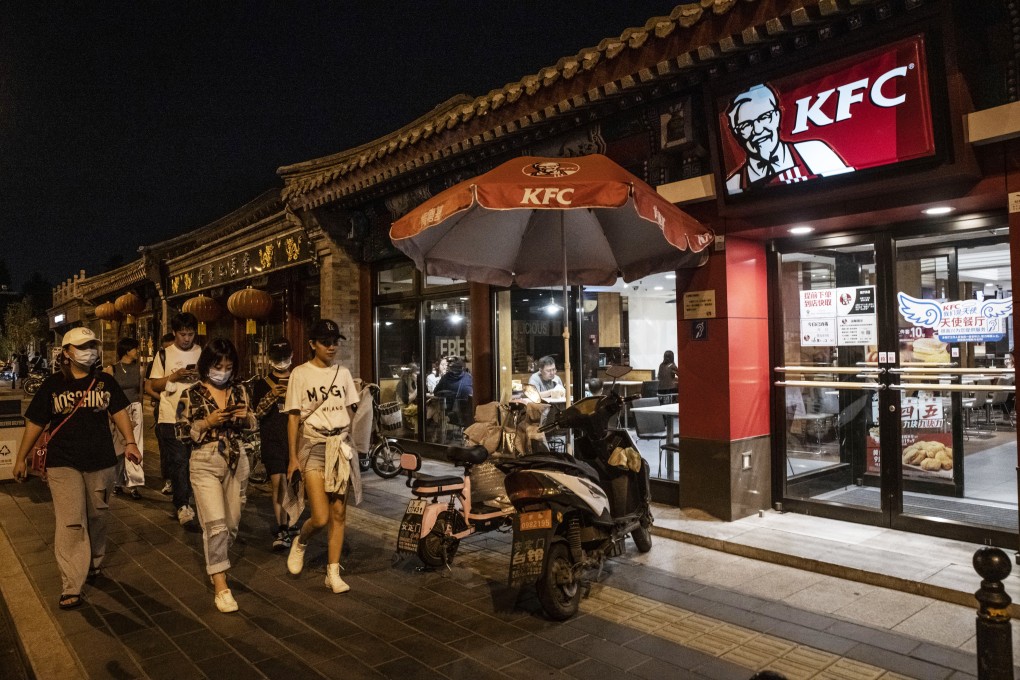KFC and Pizza Hut operator Yum China ups the ante on Chinese cuisine to capture budget-conscious post-Covid-19 consumers
- Company bets on value and local preferences to capture its share of China’s economic recovery after the end of Covid-19 restrictions
- New menu items include the Sichuan stew mao xue wang at KFC and a Pizza Hut pizza with abalone, conpoy and bamboo shoots

Young people now are looking for value when it comes to meal choices because they are more focused on saving money to buy homes or rent flats, which in turn puts pressure on restaurants to cut costs and launch new affordable products, Wat said.
“We certainly see that value-for-money is becoming a more and more important theme,” she said. “It is ironic that the young people in the first-tier cities of Beijing, Shanghai, Guangzhou and Shenzhen have tighter budgets than [their peers in] the lower-tier cities because of housing prices.”

Yum China was the trailblazer among western fast-food giants tapping the Chinese market, but now competes against all local and international rivals, Wat said.
“Our industry is quite a fragmented industry,” Wat said. “So this is not an industry that few players can dominate. It is not about what type of food or what brand one serves. Instead, it is about the price point, or consumption per person.”